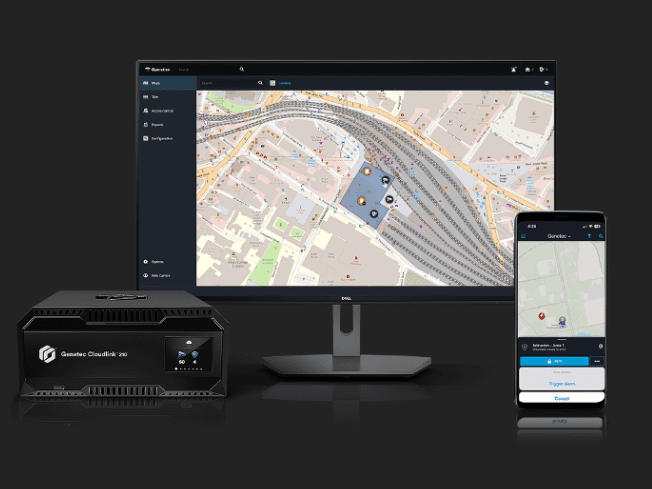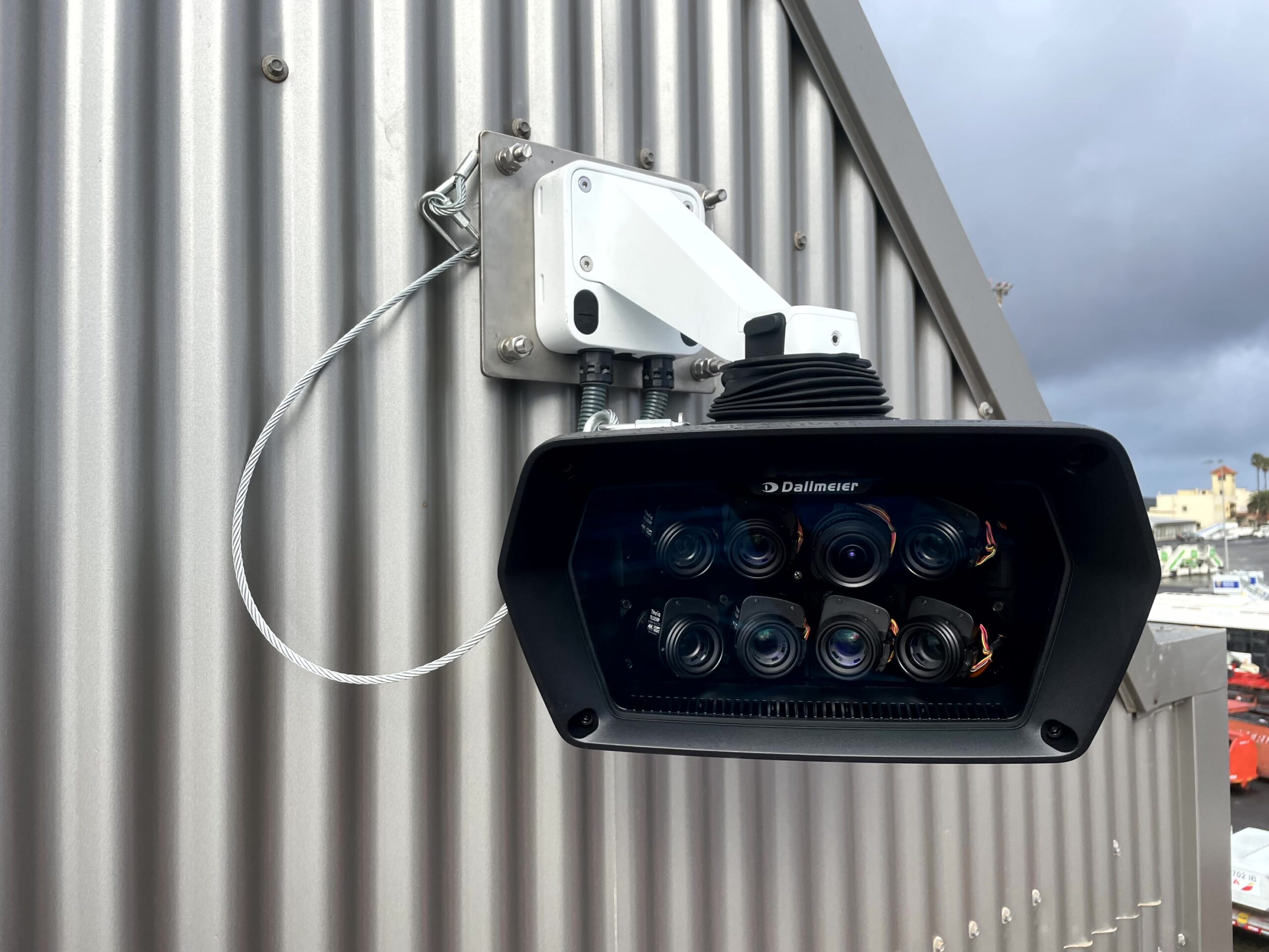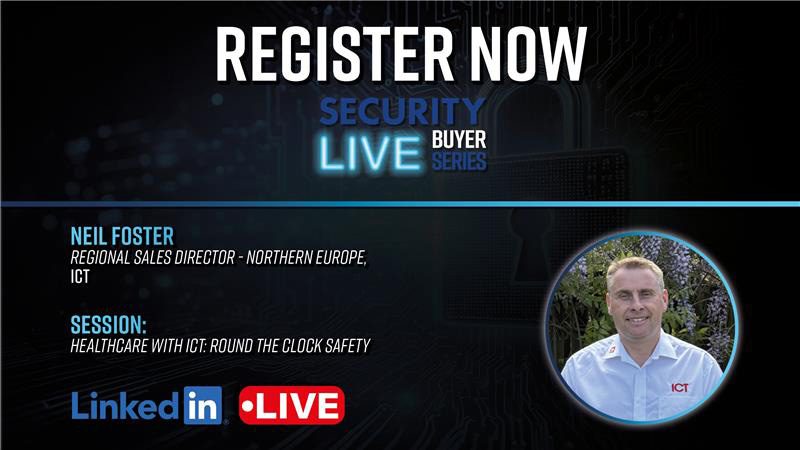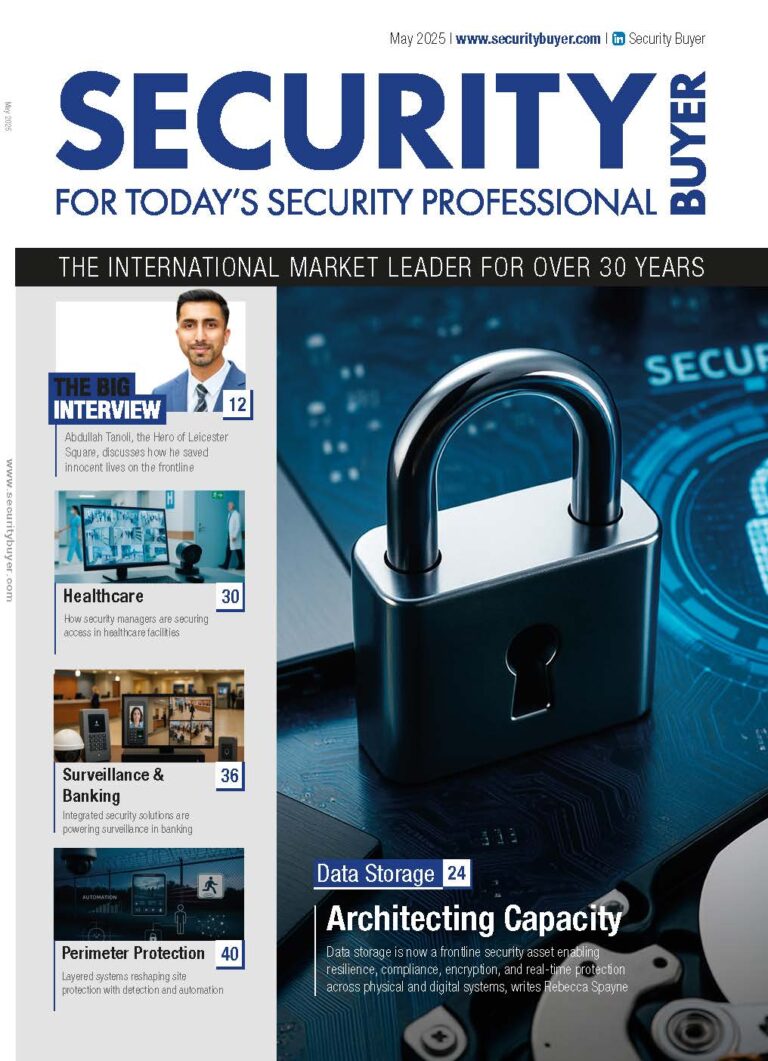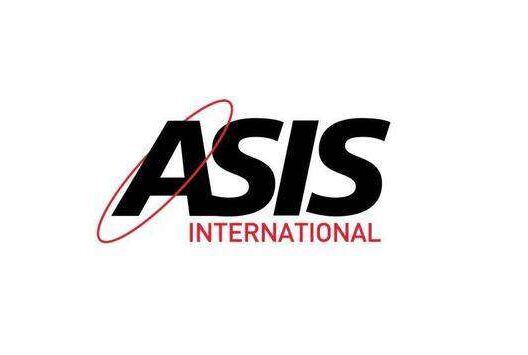Unification and the user experience is transforming corporate security—enhancing access control, surveillance, and cybersecurity for intelligent workplace protection, writes Rebecca Spayne
Corporate security is no longer just about preventing unauthorised access—it’s about creating an intelligent, seamless experience for users while maximising operational efficiency. Office security infrastructures have traditionally operated in silos, with independent systems managing access control, surveillance, parking, and visitor authentication, often leading to inefficiencies and security gaps. However, as businesses embrace integrated security ecosystems, the focus has shifted to unified security systems that leverage real-time data, AI-driven automation, and IoT connectivity.
As John Szczygiel, COO at Brivo stated, “Corporate security and risk managers today face a rapidly evolving global threat landscape, with cybersecurity, data breaches, and ransomware attacks among their top concerns. An ever-mobile workforce, coupled with hybrid work arrangements, increases attack surfaces, making endpoint security and managing insider threats more critical than ever. Physical security remains a priority, especially with workplace violence and civil unrest on the rise.
“To stay ahead, security and risk managers must adopt a proactive, intelligence-driven approach, leveraging technology and forward-thinking suppliers to mitigate emerging threats on a continuous basis. The best choices are suppliers who bring mature, cloud-native solutions to bear with an array of AI-driven intelligent agents able to rapidly identify important trends from mountains of data. These tools enable security and risk managers to facilitate the productivity of their workforce at a controlled cost while keeping everyone safe.”
One of the primary drivers of this transition is the need for seamless user experience. Employees and visitors expect a frictionless journey from car park entry to workspace access, reducing the delays and inefficiencies associated with legacy security systems. HID’s access control platforms and Verkada’s cloud-based security solutions exemplify the shift toward unified security ecosystems, integrating ANPR-enabled parking access, biometric or mobile-based door authentication, and real-time occupancy tracking for a seamless user experience. The key to achieving seamless security lies in the integration of data-driven insights with physical security measures, ensuring that users move effortlessly through various checkpoints while maintaining strict security compliance.
Companies like Integrated Control Technology (ICT) have developed multi-layered security platforms that unify video surveillance, access control, and building automation within a single, intuitive dashboard—enhancing situational awareness and streamlining security operations.
By consolidating these critical security components, businesses can gain unprecedented visibility over their facilities, enabling faster response times and more informed decision-making. The next phase of security evolution isn’t just about preventing threats—it’s about leveraging data insights to improve building operations and enhance workplace experiences. Security must now be viewed not as a standalone measure but as an integrated function of corporate infrastructure, actively contributing to efficiency, sustainability, and employee well-being….
Read the full article in our latest issue.


